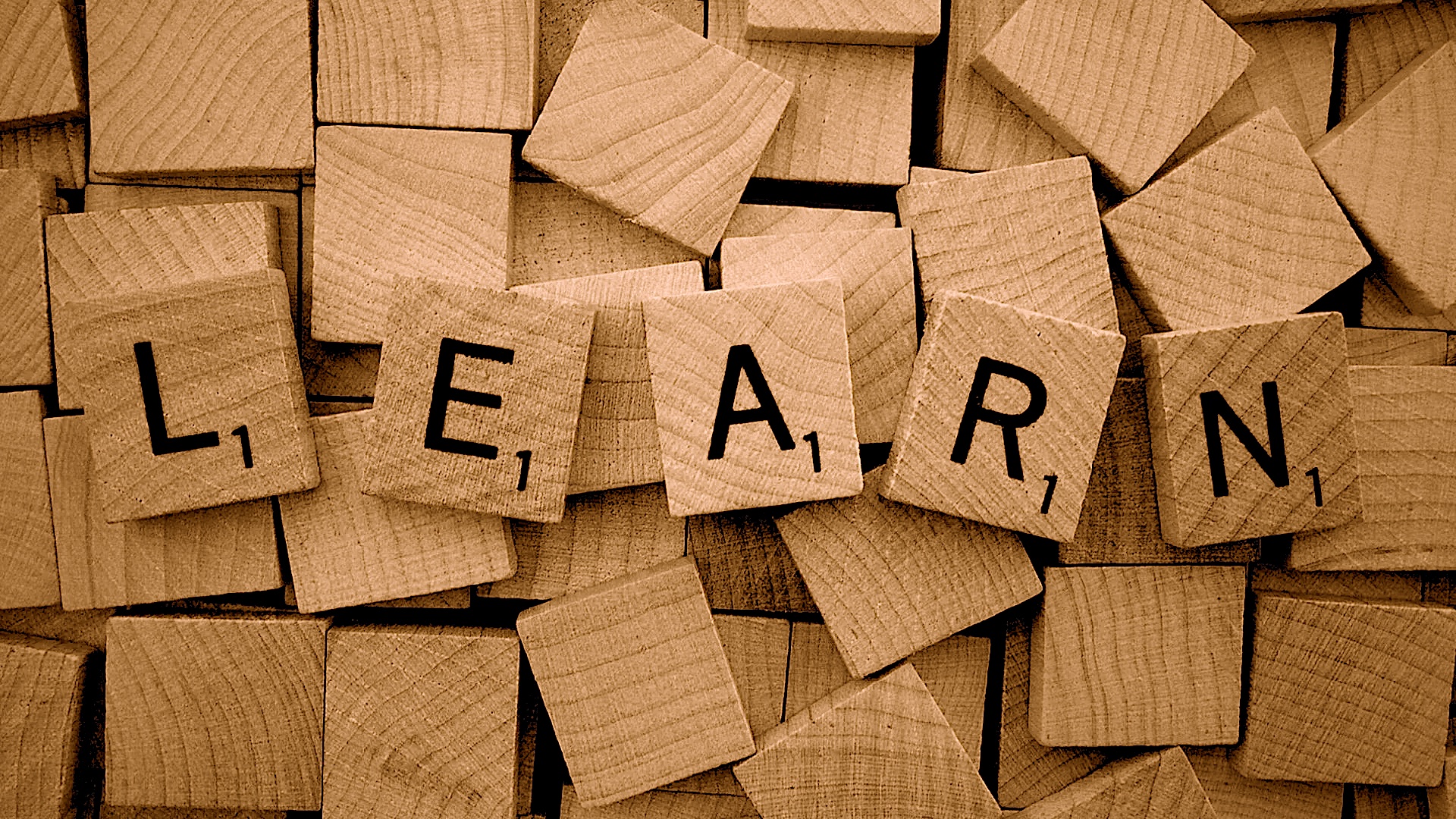In the world of game development, audio is not just a layer of sound; it is a crucial element that breathes life into a virtual world. The challenge lies in learning how to master this craft. If you’re an aspiring sound designer, learning from industry professionals is invaluable. Let’s explore key takeaways from a seasoned sound designer on how to excel in game audio.
1. Learn by Doing – Practical Experience is Key
For anyone venturing into game audio, understanding the software and tools available is essential, but the real learning comes from hands-on experience. While it’s crucial to have the theoretical knowledge of how audio works in games, you’ll build your expertise by working on real projects.
- Start Small: Begin by creating sound for small, manageable projects like game jams. These short, intense challenges allow you to collaborate with others and rapidly prototype sound ideas.
- Iterative Process: Sound design in games is often about trial and error. Start by implementing sound, then refine it based on how it interacts with the game environment. Test your sounds in various scenarios and listen to how they adapt in real-time.
2. Develop Your Technical Skills
Sound design for games isn’t just about creating sound effects or composing music—it involves understanding the technical side of how audio works within game engines. Whether it’s learning middleware tools like FMOD and Wwise or directly integrating audio into game engines like Unreal or Unity, the technical aspect is crucial for delivering high-quality sound that works dynamically in-game.
- Middleware Mastery: Tools like FMOD and Wwise allow you to make real-time adjustments, manage audio files, and integrate adaptive music and sound effects. Learn how to use these tools to manage transitions, layering, and spatial audio.
- Game Engine Integration: Get comfortable with implementing your audio directly into game engines. Learn how to work with audio triggers, mixers, and real-time effects within popular engines like Unity or Unreal.
3. Collaboration is Crucial
One key insight from seasoned professionals is the importance of collaboration. Game Sound designers are part of a larger development team, and communicating effectively with other team members is vital for success. Whether it’s working with the creative director to understand the game’s tone or collaborating with the developers to ensure seamless integration of sound, teamwork plays a massive role.
- Understand the Game Vision: Before creating any sound, make sure you understand the game’s vision, storyline, and gameplay mechanics. Your sound should enhance these elements, not distract from them.
- Be Open to Feedback: Iteration and feedback are part of the process. Expect to revise your work based on what works and doesn’t work in the game. The ability to take feedback and improve is a key to growth in this field.
4. The Importance of Adaptive and Dynamic Sound Design
One of the most rewarding aspects of game audio is the opportunity to work with adaptive sound. This means creating sound that responds to the player’s actions or changes in the game environment in real time. Mastering adaptive sound can elevate a player’s experience, making the game world feel more immersive and alive.
- Create Dynamic Soundscapes: Learn how to design audio that changes with the game’s environment—whether it’s transitioning from a calm village scene to an intense battle or creating music that shifts depending on a player’s health or progress.
- Sound That Reacts to Player Input: Focus on how your audio can react to what the player does. Whether it’s footsteps, weapon sounds, or environmental effects, your sound needs to respond dynamically to player interaction to feel integrated.
5. Keep Learning and Stay Current
The game audio industry is constantly evolving with new technologies, techniques, and trends. Successful sound designers keep learning throughout their careers. Whether it’s experimenting with 3D audio for VR games, studying spatial audio, or following developments in AI-driven sound, staying up-to-date with the latest tools and techniques will keep you relevant in the industry.
- Experiment with New Tools: Tools and plugins for game audio are advancing all the time. Stay curious and experiment with new technologies that can give your sound designs a competitive edge.
- Follow Industry Trends: Keep an eye on how the latest trends like AI, procedural audio, and VR are influencing game sound design. By doing so, you can anticipate the skills you’ll need to stay ahead.
6. Build a Solid Portfolio
Finally, your portfolio is your gateway into the game audio industry. Potential employers or collaborators will want to see your previous work, so it’s important to showcase your best projects.
- Show Variety: Include a wide range of sound design work, from environmental sounds to character effects to adaptive music.
- Explain Your Role: In your portfolio, be clear about your role in each project. If you worked with a team, outline what your responsibilities were and how you contributed to the final audio experience.
Take Your Game Audio to the Next Level with Shapingwaves
Shapingwaves offers sound collections that are ideal for sound designers looking to elevate their game audio work. Whether you need high-quality ambient sounds or impactful effects, our Impact Sound Collection and Ambience Collections provide versatile audio resources tailored for game audio professionals. Explore the full range of collections at our store, and start creating dynamic, immersive soundscapes today!
